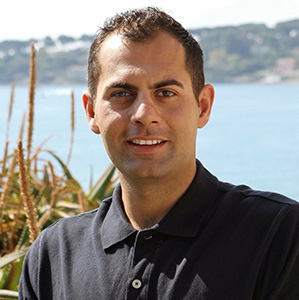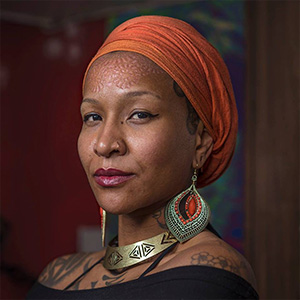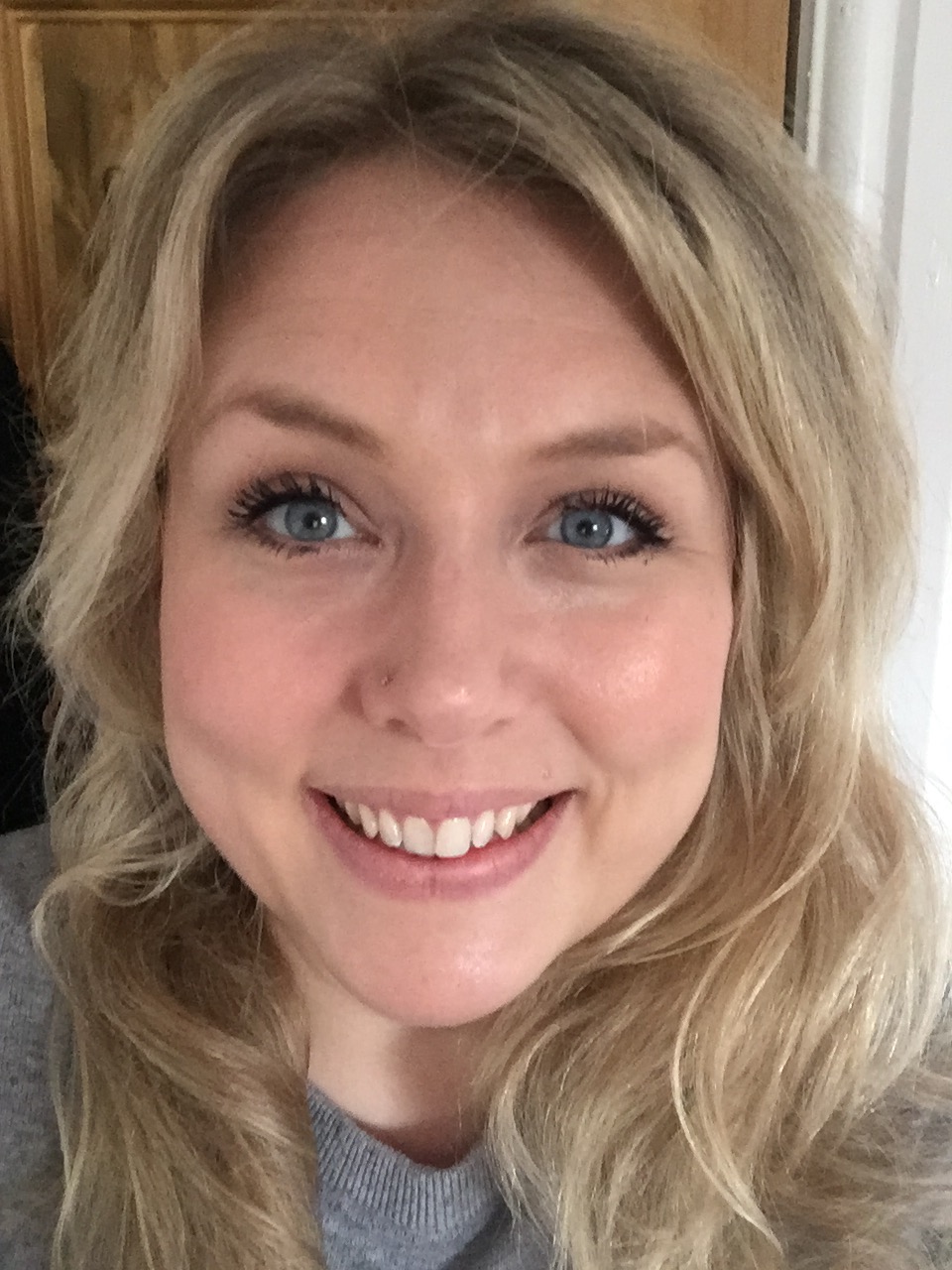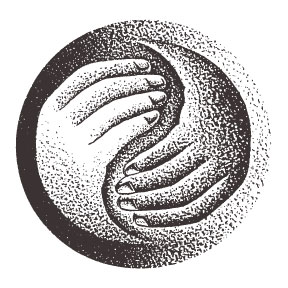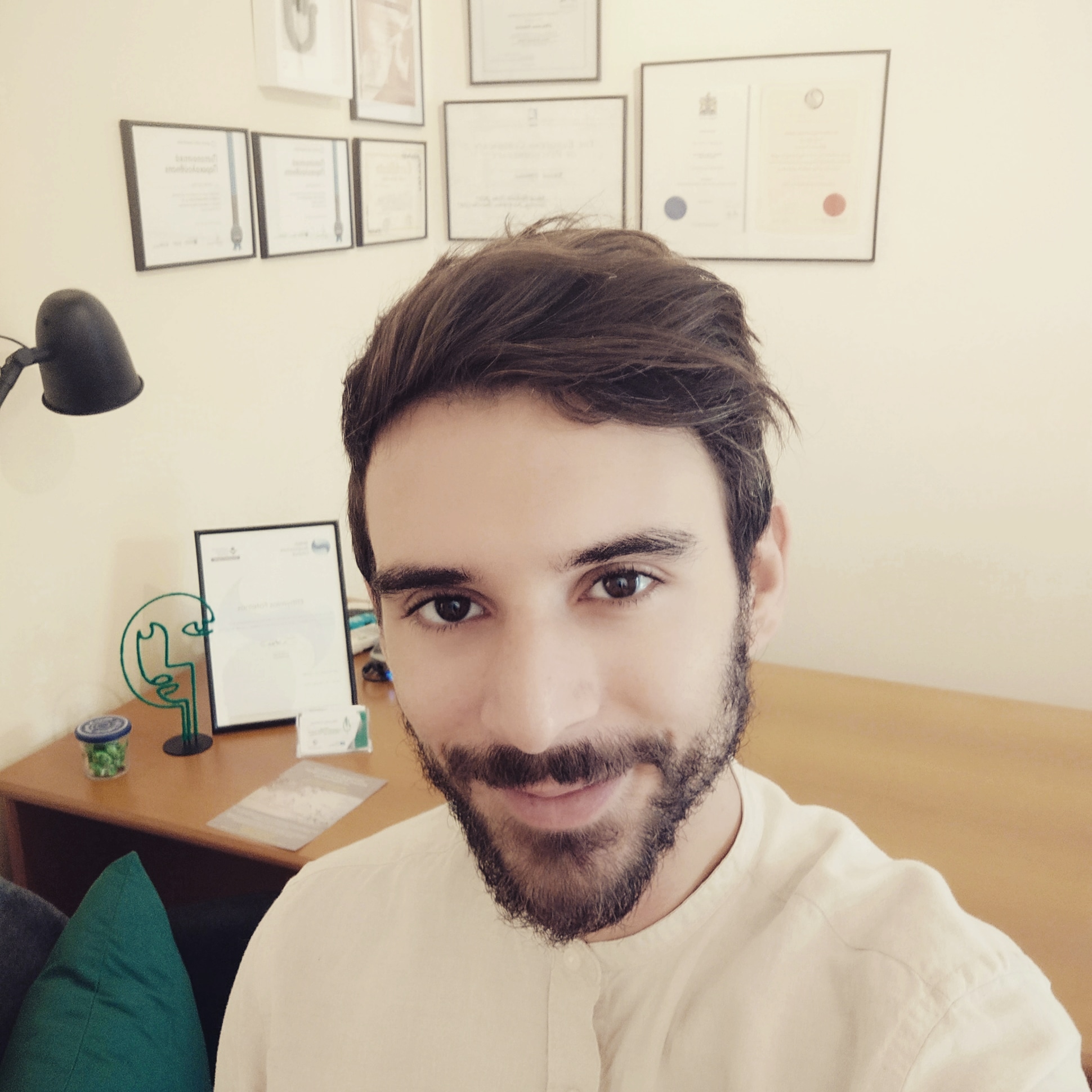Figure 1: Acupuncture points on the feet are used commonly with headache patients
Acupuncture for Headache
Mark Bovey
Advances in Clinical Neuroscience and Rehabilitation, Jan/Feb 2013 edition, Vol 12(6):12-13
First Published Jan/Feb 2013
Acupuncture is practiced in many different forms, often conveniently distilled down to ‘traditional’ and ‘medical’ versions, but the distinctions are blurred and each of these itself embraces a multiplicity of styles.
Typically patients with the same biomedical diagnosis would receive treatment that varied with their own individual presentation, as well as the practitioner’s background. Also this would evolve from one session to the next. For headache in particular the exact location of the symptoms is an important pointer to choosing the appropriate pathway and points to needle, both local (around the head and neck) and distal (in the limbs). In addition, traditional acupuncturists may differentiate by Chinese medicine syndrome: identifying patterns from the symptoms and a wider range of physical and mental/emotional characteristics, and by radial pulse palpation and tongue inspection. There may be other layers of diagnosis and treatment too, according to the practitioner’s particular training style.
Taking migraine as an example, there has been a consistent focus from ancient to modern times on the Gallbladder channel, which runs over the lateral and postero-lateral aspects of the body from head to foot. The most frequently cited point for migraine in published protocols, Western and Chinese, is GB20, lying in the hollow inferior to the occiput and lateral to the trapezius. Of the five most popular points in Chinese migraine trials three were on the head/neck and one each on the hand and foot;4 however, treatments in normal practice may not use local points at all (see Figure 1). Some styles even place the main emphasis on the patient’s underlying constitutional characteristics and don’t respond directly to the symptoms.
Systematic reviews of randomised controlled trials (RCTs) of acupuncture for headache indicate that most of the Chinese studies have used a fixed treatment protocol whereas those in the West have tended to be semi-standardised.4 There may be socio-political as well as scientific reasons for this distinction but an important point to note is that external validity may be compromised in both cases. Most trials do not evaluate acupuncture as it is actually practised. ‘Pragmatic’ RCTs would fit with the current impetus towards Comparative Effectiveness Research5 and are better suited than ‘explanatory’ trials to informing clinicians and service commissioners. For headache, there are two high-quality examples, that also come with full economic evaluation.6,7
A host of physiological mechanisms appear to be associated with acupuncture analgesia, involving for example, segmental modulation via descending inhibitory pathways, regulation within the limbic system, and diffuse noxious inhibitory control. Whilst these are now well established, and genomic/proteomic/metabolomic research is opening new avenues, there is as yet little indication of their clinical significance. We are still largely ignorant of the mechanisms by which acupuncture mediates symptom relief in chronic illness. For headache specifically, the possible physiological pathways that have been identified come mainly from laboratory animal studies.4
To be inclusive of all styles of acupuncture it may be defined minimally as the insertion of needles into points on the skin for therapeutic purposes. However, for those who practice according to a traditionally-based East Asian model acupuncture is much more than this, a complex intervention where so-called contextual effects are integral to the therapy, where specific and non-specific effects are inextricably intertwined and where working with ‘qi’ (the vital energy concept that underlies traditional Chinese medicine) is both a theoretical concept and a practical experience.8 This raises serious obstacles for those who wish to evaluate acupuncture in placebo-controlled trials. Since we have neither isolated the specific effects nor identified the causal mechanisms we cannot design a placebo around them. Acupuncture treatment is much more akin to physiotherapy, psychotherapy, even surgery, than it is to pharmaceutical intervention. Despite this, active controls have been used extensively in acupuncture RCTs. This sham acupuncture takes many forms, the gold standard involving a device like a stage dagger that does not pierce the skin. However, as with other sham forms this cannot be assumed to be physiologically inert.9 In particular, it stimulates nerve fibres in the same way as mild forms of verum acupuncture, so it is not surprising that sham acupuncture is usually an effective treatment in its own right.
There have been Cochrane systematic reviews for both migraine10 and tension headache.11 The authors recommended acupuncture as a treatment option, especially for those patients refusing drug treatment or suffering side effects from it. Results from trials, case reports and very large prospective observational studies all indicate acupuncture to be safe when carried out by trained practitioners.4 In the most robust evidence to date on chronic pain conditions, including headache (individual patient meta-analysis on 29 trials and 18,000 patients), acupuncture was significantly superior to sham by a small margin (effect size 0.15 to 0.23 standard deviations), and more substantially superior to no treatment/usual care (0.42 to 0.57 SD).12
It is then disappointing to see that NICE included only sham-controlled RCTs as clinical evidence in their guidance on the use of acupuncture for headache treatment (in contrast to their approach with exercise or manual therapy).13 They compounded this error by using the sham comparison effectiveness data in the economic modeling, leading to incremental cost-effectiveness ratio estimates that are more than twice as high (i.e. worse) as those from high quality UK and German comparisons against no treatment/usual care.6,7 Whilst topiramate topped the NICE economic evaluation, and is the frontline recommendation for migraine prophylaxis, it was less effective than acupuncture in a recent head-to-head trial and associated with more than ten times the rate of adverse events.14 That NICE still opted to recommend acupuncture is testament to: a) the innate effectiveness of the therapy for headache. It is believed by traditional practitioners to be one of the conditions most amenable to treatment, and a survey of neurologist acupuncturists reported that tension headache and migraine gave the best results, with improvements of more than 50% in 70% of cases.15 b) the paucity of good quality clinical research, especially for cost-effectiveness, not only amongst other complementary therapies but also most orthodox ones. Note that NICE was unable to recommend anything other than acupuncture for the prophylaxis of tension headache.
References
- Bücker B, Groenewold M, Schoefer Y, Schäfer T. The use of complementary alternative medicine (CAM) in 1 001 German adults: results of a population-based telephone survey. Gesundheitswesen. 2008 Aug-Sep;70(8-9):e29-36
- Hopton AK, Curnoe S, Kanaan M, Macpherson H. Acupuncture in practice: mapping the providers, the patients and the settings in a national cross-sectional survey. BMJ Open. 2012 Jan 11;2(1):e000456. http://bmjopen.bmj.com/content/2/1/e000456.long
- Gaul C, Eismann R, Schmidt T, May A, Leinisch E, Wieser T, Evers S, Henkel K, Franz G, Zierz S. Use of complementary and alternative medicine in patients suffering from primaryheadache disorders. Cephalalgia. 2009 Oct;29(10):1069-78.
- Chmelik S, Bovey M. Acupuncture and Traditional Chinese Medicine for treating migraine. In: Fernández-de-las-Peñas C, Chaitow L, Schoenen J (eds) Multidisciplinary management of migraine: pharmacological, manual and other therapies. 2012. Jones & Bartlett Learning, Sudbury, MA.
- Witt CM, Huang WJ, Lao L, Berman B. Which research is needed to support clinical decision-making on integrative medicine?-Can comparative effectiveness research close the gap? Chin J Integr Med. 2012 Oct;18(10):723-9
- Wonderling D, Vickers AJ, Grieve R, McCarney R. Cost effectiveness analysis of a randomised trial of acupuncture for chronic headache in primary care. BMJ. 2004 Mar 27;328(7442):747 http://www.bmj.com/content/328/7442/747?view=long&pmid=15023830
- Jena S, Witt CM, Brinkhaus B, Wegscheider K, Willich SN. Acupuncture in patients with headache. Cephalalgia. 2008 Sep;28(9):969-79.
- Paterson C, Dieppe P. Characteristic and incidental (placebo) effects in complex interventions such as acupuncture. BMJ. 2005 May 21;330(7501):1202-5. http://www.ncbi.nlm.nih.gov/pmc/articles/PMC558023/
- Lundeberg T, Lund I, Sing A, Näslund J. Is Placebo Acupuncture What It is Intended to Be? Evid Based Complement Alternat Med. 2011;2011:932407 http://www.ncbi.nlm.nih.gov/pmc/articles/PMC3139519/
- Linde K, Allais G, Brinkhaus B, Manheimer E, Vickers A, White AR. Acupuncture for migraine prophylaxis. Cochrane Database Syst Rev. 2009 Jan 21;(1):CD001218. http://www.ncbi.nlm.nih.gov/pmc/articles/PMC3099267/
- Linde K, Allais G, Brinkhaus B, Manheimer E, Vickers A, White AR. Acupuncture for tension-type headache. Cochrane Database Syst Rev. 2009 Jan 21;(1):CD007587. http://www.ncbi.nlm.nih.gov/pmc/articles/PMC3099266/
- Vickers AJ, Cronin AM, Maschino AC, Lewith G, Macpherson H, Foster NE, Sherman KJ, Witt CM, Linde K. Acupuncture for Chronic Pain: Individual Patient Data Meta-analysis. Arch Intern Med. 2012 Sep 10:1-10.
- National Institute for Health and Clinical Excellence. Headaches. Diagnosis and management of headaches in young people and adults. CG150. 2012. London: National Institute for Health and Clinical Excellence http://guidance.nice.org.uk/CG150/Guidance
- Yang CP, Chang MH, Liu PE, Li TC, Hsieh CL, Hwang KL, Chang HH. Acupuncture versus topiramate in chronic migraine prophylaxis: a randomized clinical trial. Cephalalgia. 2011;31(15):1510-21.
- Bijak M. What can be achieved by using acupuncture and related techniques in neurology? Expert evidence. Revista Internacional de Acupuntura. 2008;2(4):231-7

